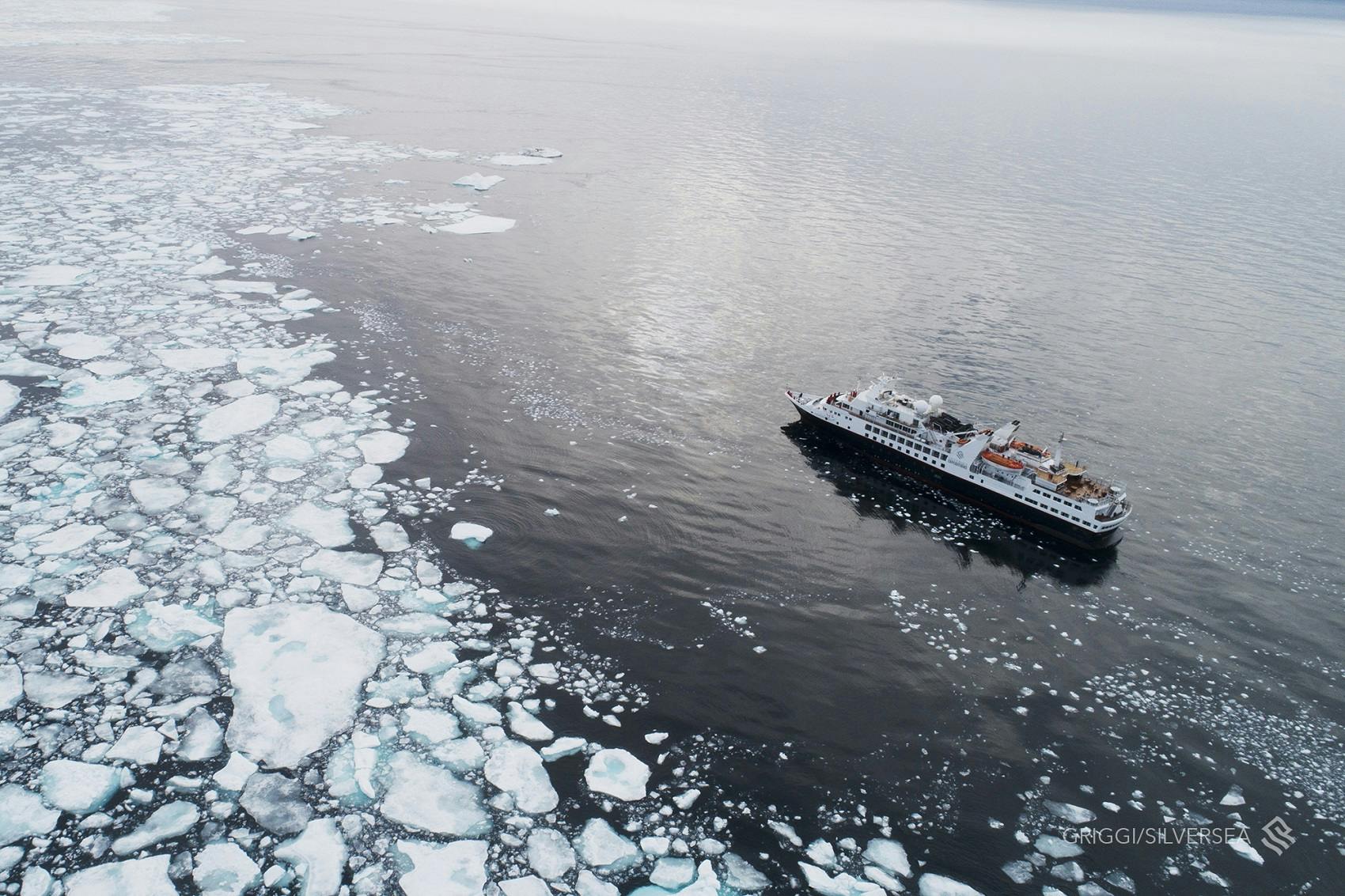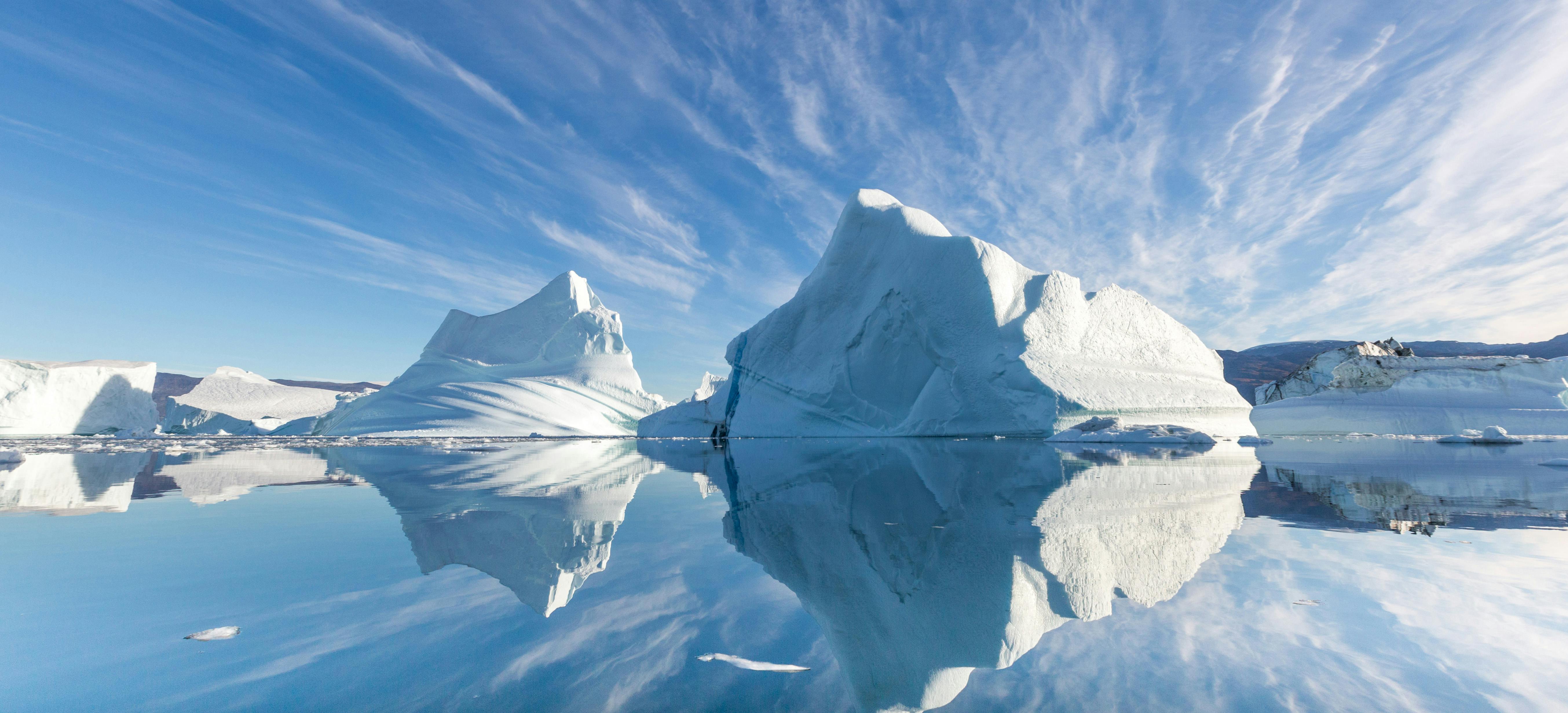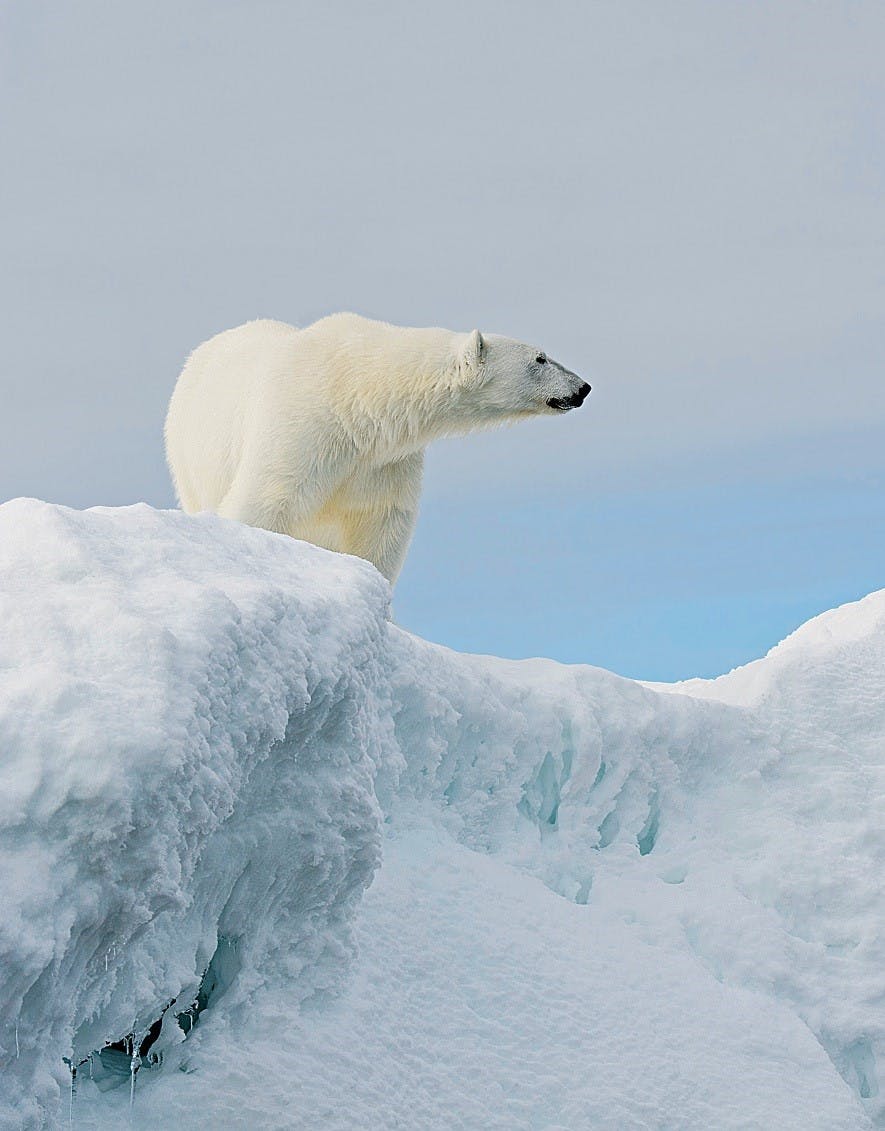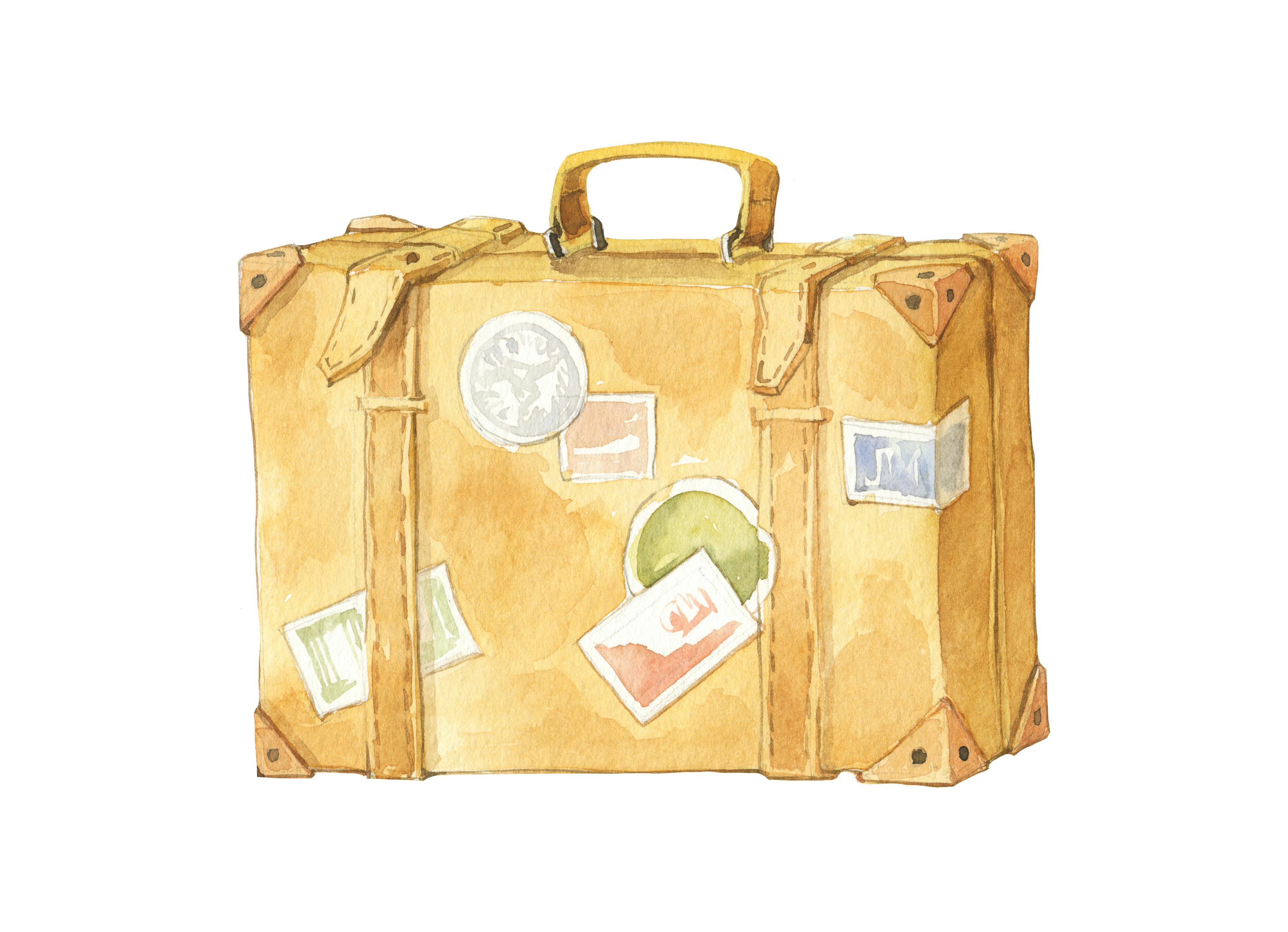The Northeast Passage, Captured in 10 Extraordinary Images
Few voyages, if any, are as formidable as the Northeast Passage. The iconic route weaves through the Arctic’s most remote reaches and was taken by the famous explorers of yesteryear. Unpredictable weather and ice conditions, combined with extreme isolation, mean that charting this passage through the Arctic is a challenge, indeed.
For the first time in the cruise line’s history, and with utmost respect for the natural environment and the creatures that dwell within, Silversea’s guests conquered the Northeast Passage in 2019. Accompanied by a team of expedition experts, travelers journeyed over 5,000 NM from Nome to Tromso.
10 Evocative Northwest Passage Images
Now, thanks to this pioneering voyage, we bring you the famed Northeast Passage in pictures. Retrace their steps on this once-in-a-lifetime experience through: 10 spectacular images that capture 10 standout highlights. Accompanying words from the expedition team’s daily logs—recorded while on board Silver Explorer, throughout the journey—bring the expedition to life like never before and showcase Silversea’s destination expertise.
10. Ice Cruising
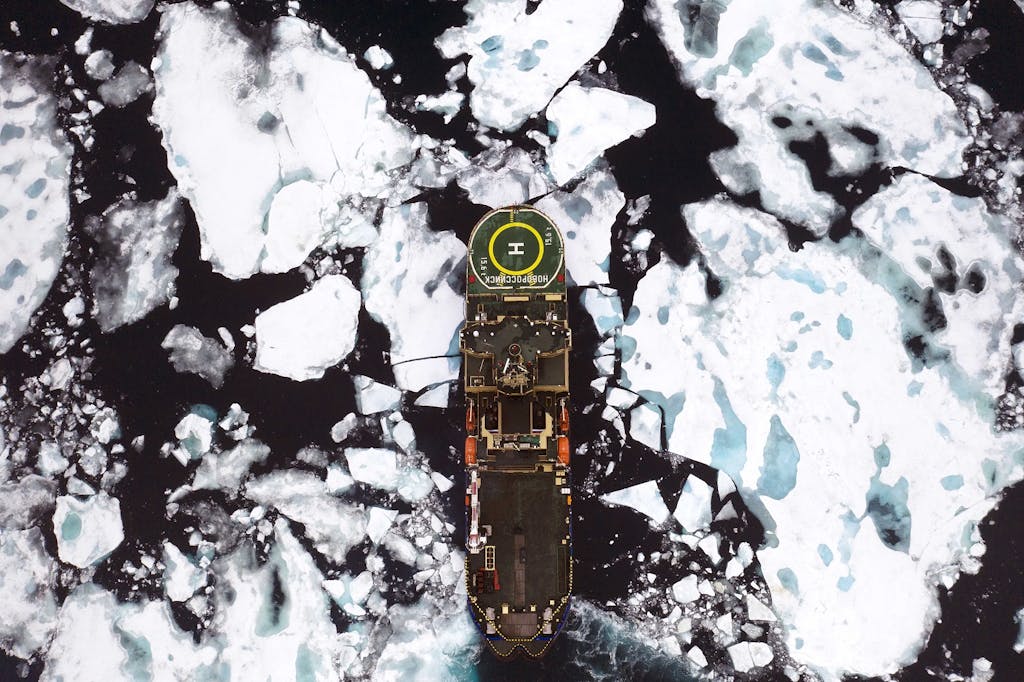
“During the night, Silver Explorer had carried us north, towards the area that the sea ice charts we had been examining so closely throughout this voyage indicated would be covered with ice,” begins Dr. Danae Sheehan, Ornithologist and member of Silversea’s Expedition Team. “As always, our constant companion, the Russian icebreaker, traveled ahead of us, ensuring that our passage was a safe one. By the time we arose, the edge of this vast, frozen Arctic realm was visible ahead – the bows of the icebreaker ready to push its way through. For a while, before heading into the pack, we followed the edge of the Arctic ice northwards. The whole Expedition Team was out on deck, scanning the icy scene for any sign of the wildlife that makes its home here. We were in luck…”
9. Polar Bears
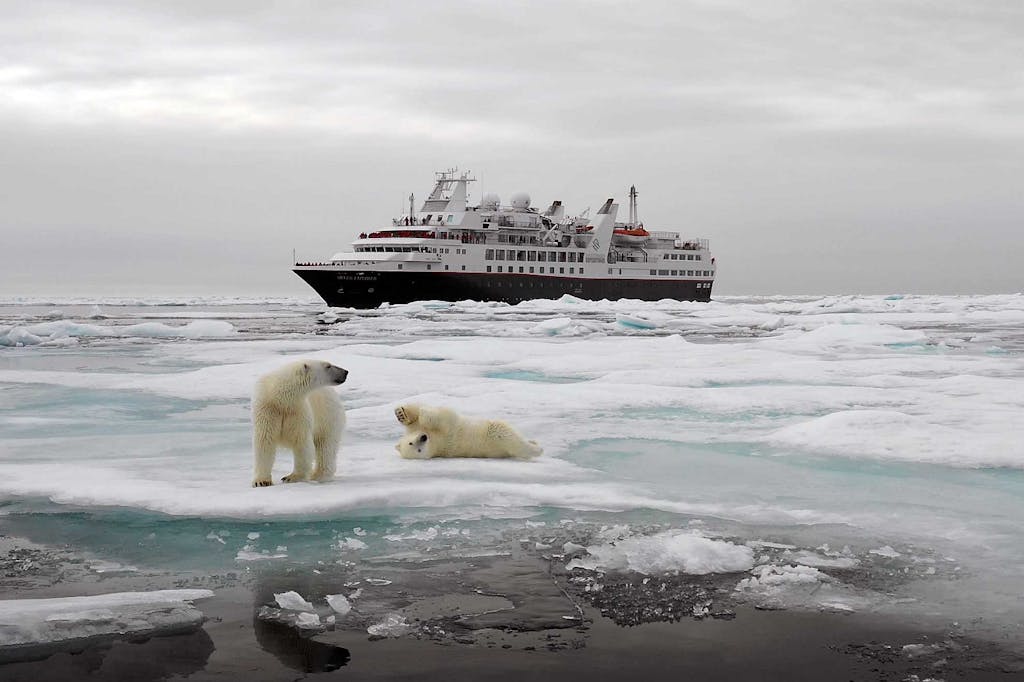
“…within a short time we had spotted two polar bears – a mother with her well-grown cub. Great ‘white’ bears that were more accurately a rich golden-yellow color, contrasting with the brilliant blue-white ice on which they walked. The two bears seemed absolutely unconcerned with the presence of the two ships nearby and we stayed with them, transfixed by their company for almost two hours as they rolled in the snow, yawned and occasionally sniffed the air.”
8. Bird Spotting

“A late afternoon Zodiac cruise around Rubini Rock in Franz Josef Land was offered. Rubini Rock is a large basalt stack that rises out of the ocean, the legacy of some long forgotten volcanic event,” says Danny Edmunds, Historian and member of Silversea’s Expedition Team. “The lava cooled into basalt columns similar to those of the Giant’s Causeway in Northern Ireland or the island of Staffa in Scotland, ideal nesting grounds for the Brünnich’s Guillemots that have taken up residence there. The raucous calls of these birds, mixed with those of the Kittiwakes that have likewise chosen here to make their home, led to the name of the feature – as one of the loudest sites in Franz Josef Land. It was named after an opera singer, the Italian virtuoso tenor Giovanni Battista Rubini.”
7. Cultural Interaction
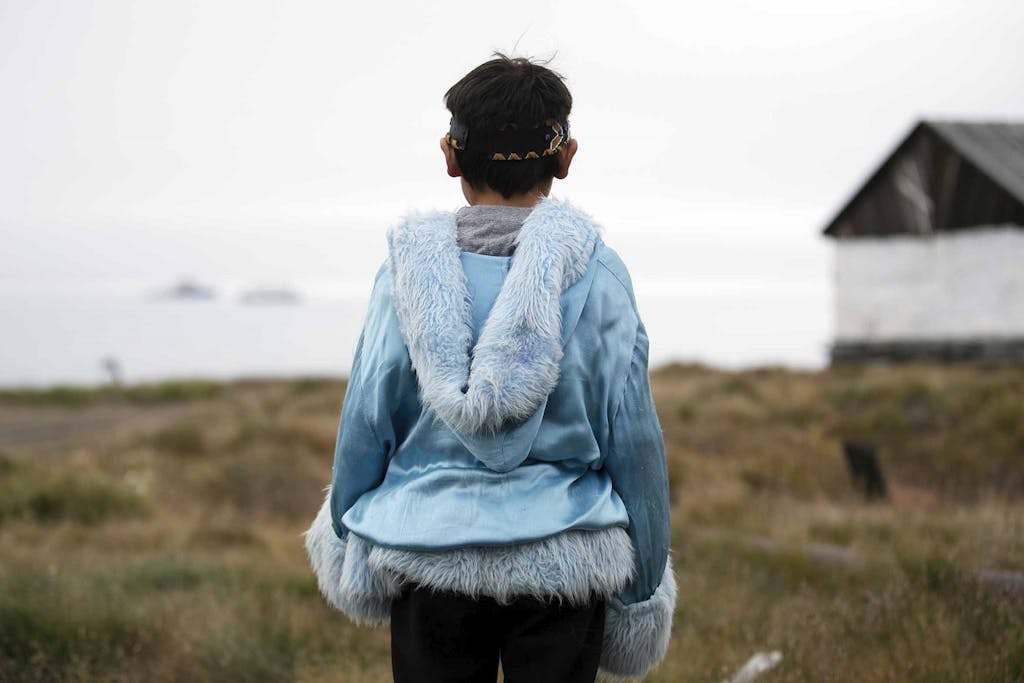
“Ayon is one of those very special, very remote communities that we are privileged to visit, tucked away on the southern rim of the Arctic ocean, and so isolated that we were only the second expedition ship to visit them in their history,” says Edmunds. “The population of around 300 men, women and children lives in rather dilapidated Soviet-style buildings, constructed predominantly of wood and concrete. Traditionally this area was part of the territory of the Chukchi peoples, semi-nomadic hunter-gathers who roamed the territory accompanied by their herds of reindeer. The site of Ayon village has been inhabited for around two millennia, for much of its history a stopping point inhabited in-season and abandoned out-of-season. The opportunities to visit places like Ayon Island are very special ones, providing an insight into the lives of other inhabitants of our planet.”
6. Walruses

“We also discovered a haul out of walrus,” remarks Peter W. Damisch, a member of Silversea’s Expedition Team. “We could hear them snorting and bellowing on the beach while simultaneously observing the blows of many walrus swimming offshore. A few in the water lifted their heads and we could easily see their enormous tusks or smaller tusks on juvenile males who were also swimming nearby. It all turned out to be a completely unexpected and fantastic morning.”
5. Whale Spotting

“Every single time you set out in a Zodiac, you never know what wonders you might encounter,” begins Robin Aiello, Marine Biologist and Silversea Expedition Team member. “Today, it was a group of humpback whales. There is something magical about silently drifting, surrounded by the vast ocean, when suddenly, out of nowhere a majestic humpback whale surfaces with an explosive breath. These whales, once nearly hunted to extinction, are slowly rebounding and we often see them up in the Arctic. They are amazing beasts, reaching lengths of over 45 feet and weighing more than 40 tons and seeing them in their natural environment is awe-inspiring. This particular whale stayed with us for a while, before diving down with a final raising of its fluke.”
4. Geological Features
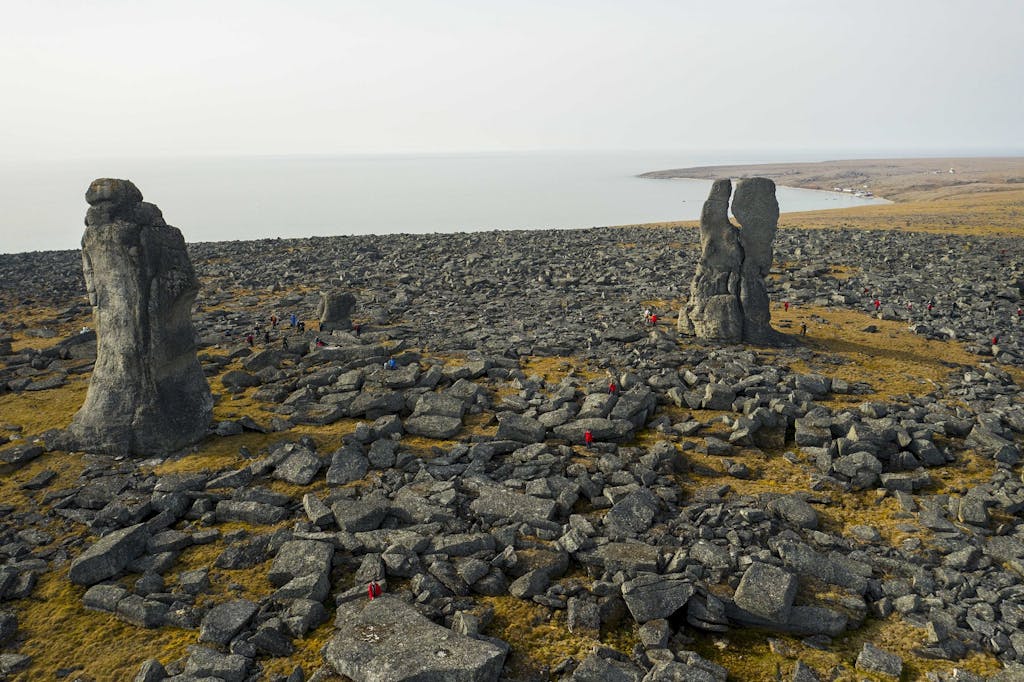
“Chetyryokhstolbovoy Island – or Four Pillars Island – is an amazing, historical place,” says Silversea Expedition Expert Dmitrii Kiselev. Visited by prehistoric humans some 8,000 years ago, it became a “place of power” for Yakuts in more recent times. Impressive granite pillars of the island were noted by the earliest Russian explorers already in 1702. Known as kigilyakhs among the natives, they are respected in many regions of Yakutia, from the middle course of Lena River to the New Siberian Islands. Yakuts believed kigilyakhs to be personifications of spirits and divine heroes. Various shapes of these vertical rocks make all the legends easy to believe in.”
3. Ice

“As the Arctic ice was pushed aside, new feeding opportunities were made available for the birds of the ice. Glaucous, Vega and Heuglin’s Gulls jostled with Black-legged Kittiwakes and Pomarine Skuas to pick up small fish, crustaceans and plankton that had been exposed as their protective roof of ice shifted. On the mirror-calm water between the two ships, tiny Grey Phalaropes flittered backwards and forwards, spinning in the water before picking up with their fine bills the tiny marine animals on which they fed. We did not exit the ice until late afternoon, and many of us had enjoyed being out on deck for much of the time. It had been a perfect, magical Arctic day and one that would live in our memories for a long time.”
2. Zodiac Tours While Sailing the Northeast Passage
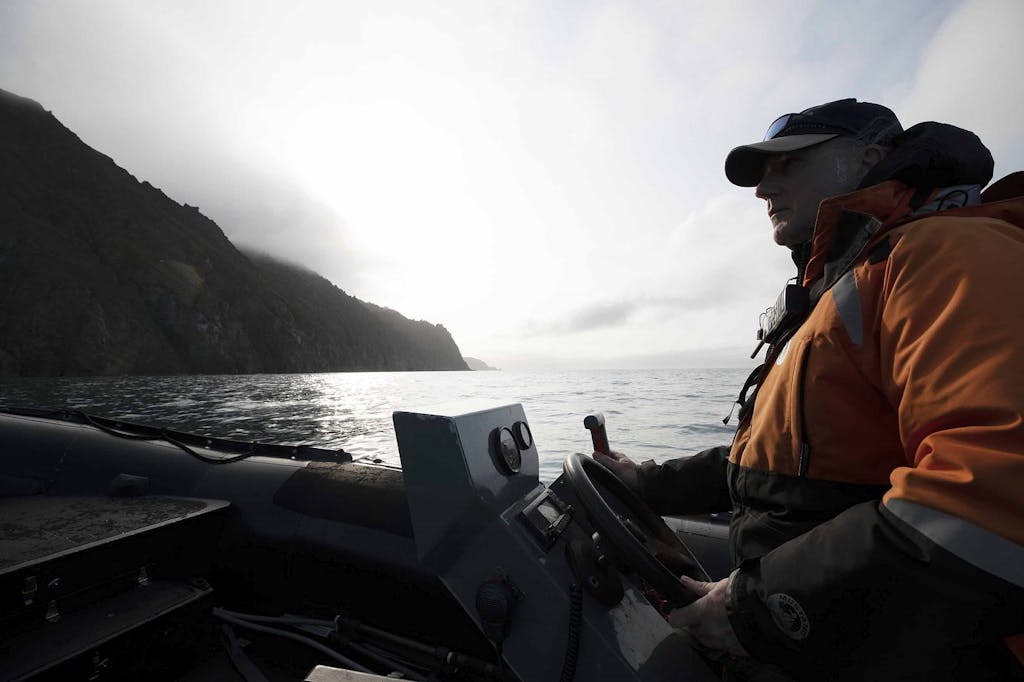
“As we headed towards shore of Cape Dezhnev in Zodiacs, its high cliffs and their jagged, toothed peaks towered above us, like the back of a sleeping dragon,” recalls Sheehan. “At their feet, the waters of the Bering Sea meet those of the Chukchi Sea, giving rise to a productive soup of phytoplankton that supports the wealth of marine life found around these parts. From out of the mist skimmed a continuous stream of Short-tailed Shearwaters, their wings almost touching the water’s surface as they soared between rapid bursts of flapping.”
1. History
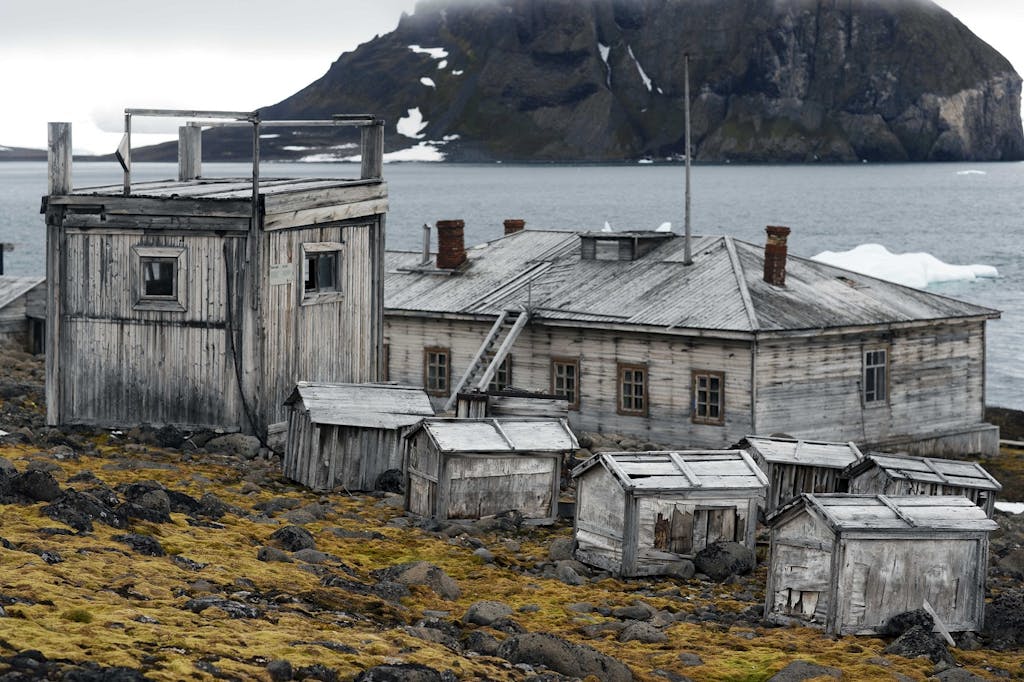
“The Tikhaya Bay Polar Station has a long history in Arctic exploration, a meteorological station having been established in 1929,” notes Edmunds. “These days it is the summer base for the Russian Arctic National Park and an important part of any visit to Franz Josef Land, not least for the opportunity to send a postcard from the world’s most northerly Post Office, above 80°N and nearly two degrees further north than the equivalent at Ny Alesund in Spitsbergen. The base itself is surprisingly large with a number of wooden buildings of various vintages and states of repair, but is set in a beautiful tundra that, despite the lateness of the season, a number of flowers still glowing against the earth.”



